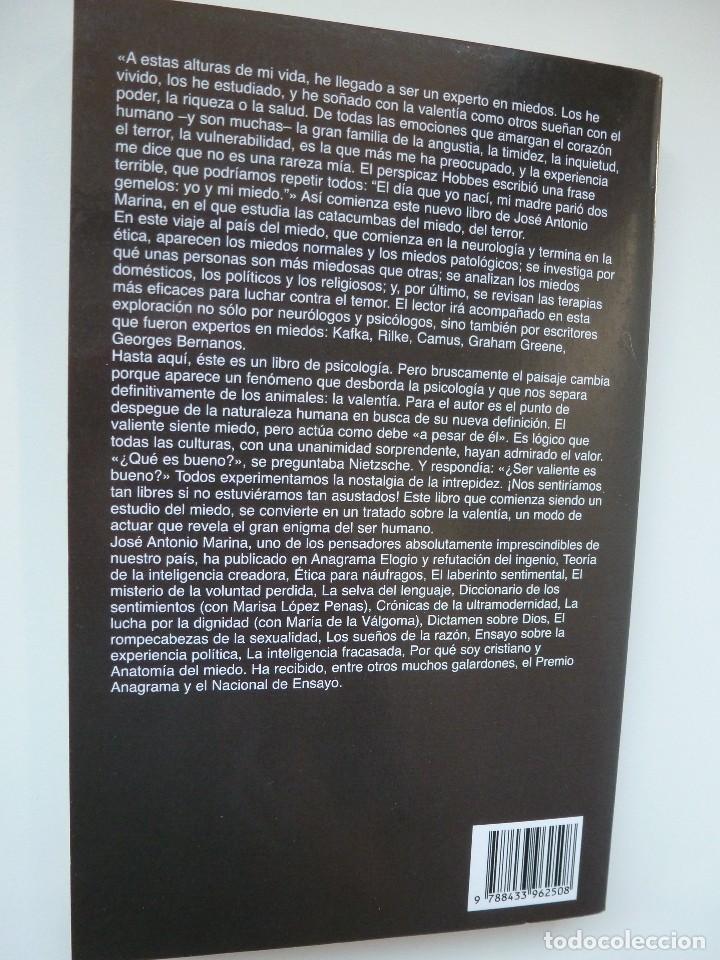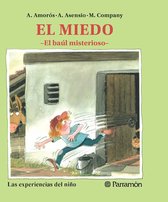


It is the boat on which he crossed the river as a child to visit his two grand-aunts (who raised his father and ran a prosperous ranch on their own, as long as they could) so the artist told me quite a while ago. Let us refer to a boat run aground in one of the exhibition halls.


Some of Lugo’s recent works appear to respond to this invitation. In some of his polemic writings of the end of the 1990s, Jean Baudrillard advocated the recovery of “radical illusion” in aesthetic creation, proposing a way to achieve this: “You must rip the same from the same” − the French theoretician said − in order to make it disappear, and this disappearance must remain alive in order to harbor, once again, the time of seduction. Thus, the video loops that accompany his photographic work − Ensayar la calma, Ensayar el fulgor, Ensayar el equilibrio/ To rehearse calm, To rehearse brilliance, To rehearse balance – shape up as a promising aspect of the visualnarrative poetics that has earned him international renown. The structure method applied in the case of these works, which hold a dialogue with the mobile images, infuses a state of animation in his usual studies and sketches. Surprisingly, these new works include a significant production of videos − a medium that has become an increasingly relevant component of the artist’s proposal. Marina recalls in his text the story of a man who witnessed − from afar − a dramatic accident, and was unable to have any bearing on its outcome precisely because he was “too late, too far.” Lugo decides to make this event the point of departure for his exhibition and follow the museographic thread stringing together works created specifically for this show, which make reference, whether symbolically or literally, to his childhood memories in the sandy Sinaloa territory that gives birth to his native city. “Demasiado tarde, demasiado lejos” (“Too late, too far”) originates in an anecdote drawn from the Spanish philosopher José Antonio Marina’s book, Anatomía del miedo (Anatomy of Fear).


 0 kommentar(er)
0 kommentar(er)
